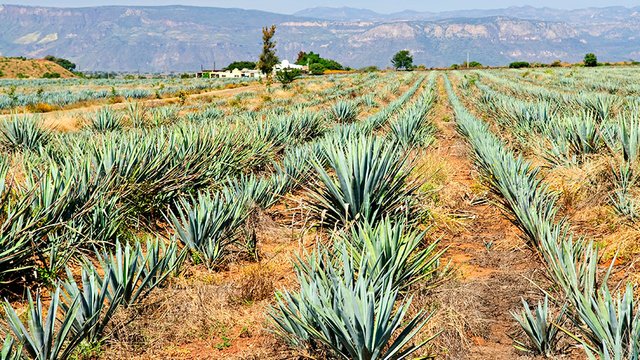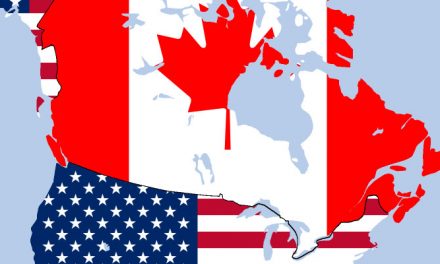The real question on NAFTA and agriculture
By Karen Hansen-Kuhn
From The Hill
Agribusinesses and commodity groups have been raising alarms lately about the potential impacts of withdrawal from NAFTA, at a time when farmers are already reeling from low prices and falling incomes. Unsurprisingly, the Trump administration has not yet conducted any analysis of what NAFTA withdrawal would mean for agriculture or other sectors. Instead, we are left to wonder if the threat of withdrawal is a bluff or a real possibility. The focus should be on the rules we need for fair and sustainable trade and food systems.
The companies are worried that Mexico would raise tariffs to levels that would make U.S. exports more expensive than similar goods from competitors in Brazil, Argentina or elsewhere. It is also possible that ending NAFTA would disrupt the highly integrated supply chains for meat and feed and generally lead to greater uncertainty over investment decisions.
These are real concerns, but the focus on increasing exports to solve the ongoing farm crisis is dangerously incomplete. NAFTA began just before the game-changing 1996 Farm Bill. U.S. farmers were promised that past policies that set floor prices and managed supply were no longer necessary: Instead, they were encouraged to expand production and export their way to prosperity. Crop prices plunged almost immediately following the ’96 Farm Bill, and since then prices have been volatile, but mostly low. The Institute for Agriculture and Trade Policy has calculated the extent of dumping of major commodity crops, i.e., exports at below the cost of production. As of 2015, U.S. corn was exported at 12 percent below the cost of production. Since NAFTA, more than 2 million Mexican farmers, unable to compete with these cheap imports, have been driven off their land. At the same time, more than 200,000 small and medium scale U.S. farmers have left agriculture since NAFTA, while corporate concentration in seeds, processing and other aspects of production increased dramatically.
The disruption of NAFTA withdrawal could affect family farmers on both sides of the border. Under WTO rules, Mexico has the right to raise tariffs substantially on many farm goods. The U.S. has mostly committed to lower tariff ceilings, but there are some exceptions, such as imports of red meat, for which the U.S. currently applies a 18 percent tariff on imports from non-NAFTA countries. However, both countries could decide to apply tariff rates (which would apply to all trading partners) that are much lower than the ceilings they have committed to under the global trade rules.





